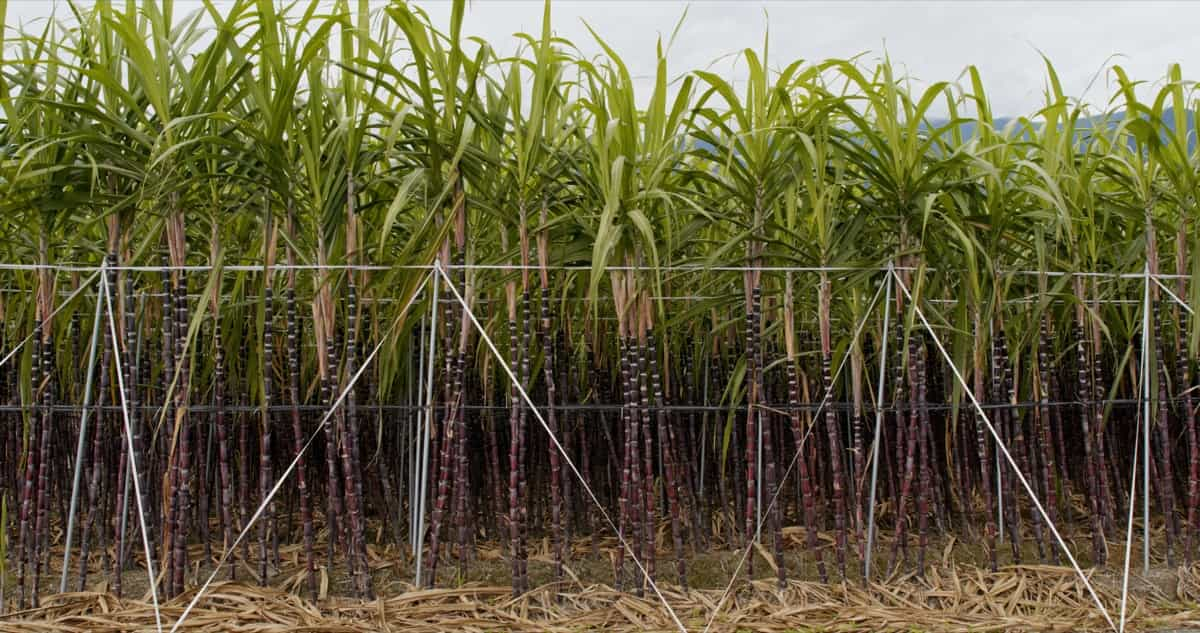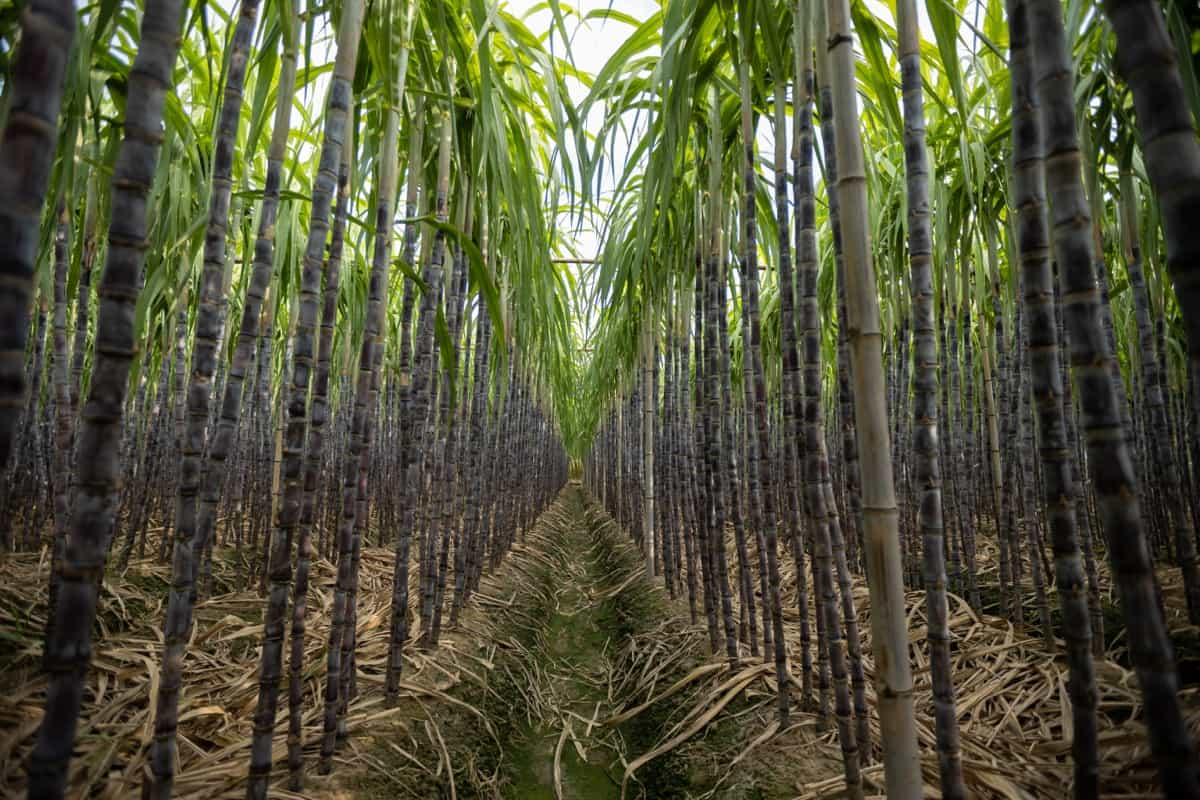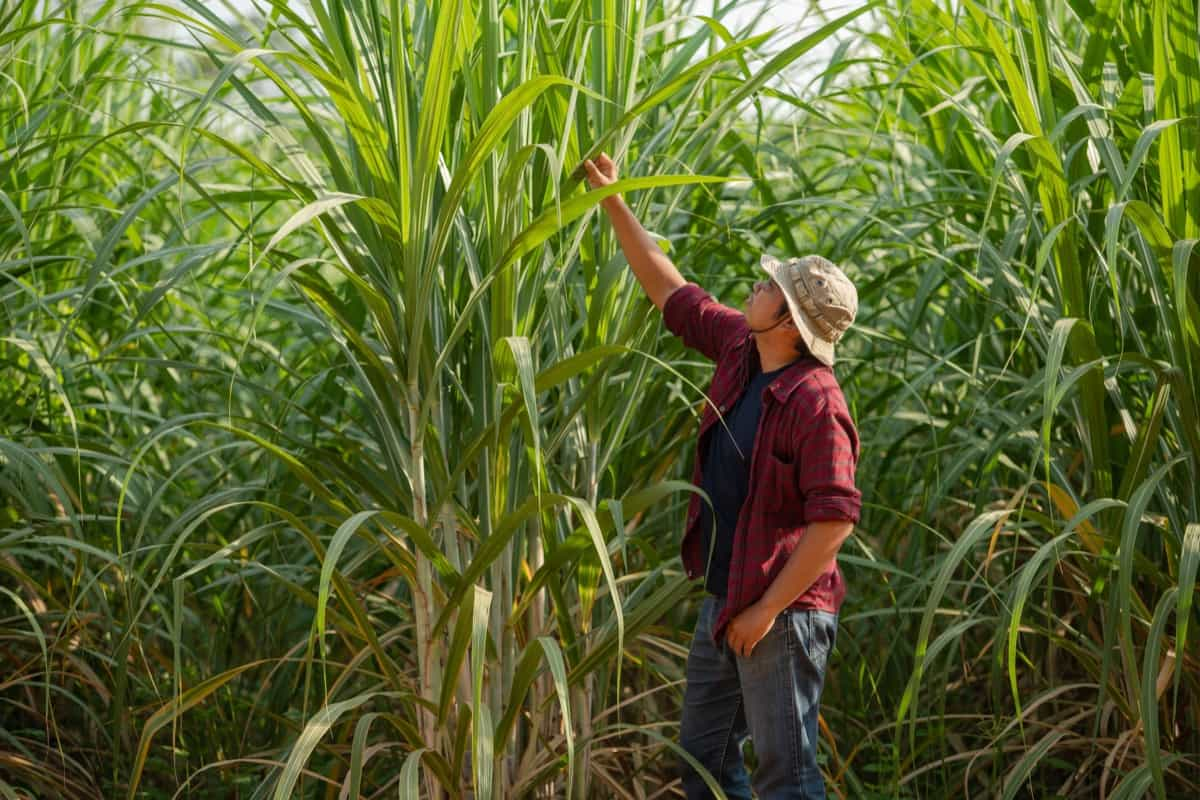Scale insects are plant pests that damage plants and reduce crop yields by feeding on sap. Melanaspis glomerata, also called the green-scale insect, is a prevalent pest in sugarcane plantations. This species of scale insect attaches to the stems and foliage of sugarcane, sucking the plant’s sap and reducing its vitality. Managing scale insects in sugarcane effectively requires a combination of cultural and chemical methods.

Among the cultural methods are routine field monitoring, removing contaminated plant material, and using resistant varieties. Chemical control methods entail using insecticides, which must be administered appropriately and in the recommended amounts. In addition, cultural and biological techniques, such as introducing natural predators, can aid in reducing scale insect populations and minimizing crop damage to sugarcane.
Scale Insects Management in Sugarcane
Life Cycle of Scale Insect
- Egg: The female scale insect lays tiny oval eggs under its scale cover.
- “Crawler” nymphs hatch from eggs. Crawlers settle at suitable sugarcane feeding locations.
- The first instar is After settling. Crawlers turn into the flat, circular, non-mobile first instar. The first instar eats plant sap and secretes a waxy coating that makes a scale cover.
- Second instar: The first instar becomes the bigger, rounder second instar. The second instar eats plant sap and secretes more wax.
- Adult: Scale insects reproduce as adults. Females are scaly and inert. Eggs hatch under their scales.
Identification of Scale Insects in Sugarcane in the Field
- Scale insects are small, oval-shaped parasites that inhabit sugarcane plants. The nymphs, the offspring of the adult female, emerge from eggs within the female body and are known as “crawlers.”
- These crawlers choose an appropriate feeding location on the sugarcane plant and reside there.
- As the nymphs mature, they become adult-scale insects clothed in circular, greyish-black, or brown scales. These scales form a dense encrustation in the sugarcane plant’s nodal region.
- Adult female scale insects can ovo-viviparous reproduction, giving birth to live offspring instead of laying eggs.
Damage Symptoms of Scale Insect in Sugarcane
- Scales typically stick to internodes with leaf sheaths covering them, creating a thick encrustation covering the plant’s nodal region.
- When a cane is infected, the leaves begin to show symptoms of tip drying and an unhealthful pale green hue. With continued infestation, the leaves may also begin to yellow.
- Desapping by scale insects can prevent leaves from opening, which also causes them to turn yellow and ultimately dry out.
- Compared to the internodal area, the nodal region is more heavily infested.
- Crops that have been infested lose their vigor, canes shrivel, and development is stunted. The significant reduction in internodal length causes reduced yield.
- The cane eventually dries out and turns brownish-red when cut open.
In case you missed it: How to Preserve Seeds for Long-term Storage

Factors Favoring Growth/ Causes of Scale Insect Spread in the Field
- Melanaspis glomerata is the organism responsible for large-scale insect infestations in sugarcane fields. Specific environmental variables support the growth and spread of this pest.
- Waterlogging, high temperatures, and humidity all contribute to the growth of scale insect communities.
- Furthermore, rainwater and strong wind velocity aid the pest’s dispersal to other regions.
- Scale insect spread can also occur through infested seed material or people and animals traveling through infested fields, bringing the pest to neighboring regions.
- Scale insect infestations, if left unchecked, can cause substantial yield losses in sugarcane crops, varying from negligible to complete crop failure.
Impact of Scale Insect on Sugarcane Yield
- The amount of sugarcane harvested is often drastically affected by pest infestations, especially those of the scale insect variety.
- The pest’s feeding on the plant’s sap, known as desapping, causes its vigor and development to decrease and the length of its internodes.
- Consequently, the quantity and quality of the cane and sugar produced are negatively impacted. As a result of the infestation, the canes begin to dry out, turn gray, and eventually die off at the tips.
- Scale insects can cause anywhere from slight crop harm to complete crop failure, costing farmers a lot of money.
Cultural Management of Scale Insects in Sugarcane
- Use of resistant varieties: Planting resistant varieties helps minimize scale insect infestations.
- Selection of healthy setts: Using scale insect-free setts can prevent pest introduction into the field.
- Weed control: Keeping fields and bunds free from weeds can reduce the shelter and breeding grounds for scale insects.
- Water management: Avoiding water stagnation in the field and minimizing the duration of flooding can help reduce scale insect populations.
- Detrashing: Removing trash from the crop on the 150th and 210th day of planting can help remove scale insects and their protective covers.
Biological Management of Scale Insects in Sugarcane
Natural enemies such as predators and parasitoids can be released to manage scale insects in sugarcane. Two common predators that feed on scale insects are Chilocoris nigritus and Pharoscymnus horni. These natural enemies can help reduce scale insect populations while posing no risk to the sugarcane crop or the ecosystem.
Chemical Management of Scale Insect in Sugarcane
Insecticides are used in the chemical management of scale insect populations in sugarcane. Malathion, 0.1% solution, and pre-soaking setts can shield plants from scale bug infestations. Additionally, scale insect populations can be successfully controlled by sprinkling dimethoate at a concentration of 0.06% or at the 120th and 150th days after detrashing. Adherence to recommended application rates and safety precautions is crucial to reducing the environmental and human health risks connected with pesticide use.
Organic Management of Scale Insects in Sugarcane
To control infestations and encourage healthy plant development, organic management of scale insects in sugarcane uses safe, natural techniques like biopesticides, botanicals, and cultural practices.
Preventive Measures for Control of Scale Insect
Effective scale insect control in sugarcane depends on preventative steps. These precautions include choosing resistant varieties, avoiding waterlogging and stagnant water, and keeping weed-free fields and bunds. They also include the planting of scale insect-free setts. Implementing sound cultural practices like crop rotation and appropriate trash management can also help lower the risk of infestations.
In case you missed it: Sugarcane Production Guide: A Step-By-Step Cultivation Practices

Conclusion
Early detection of symptoms is essential for effectively managing sugarcane scale insects through various cultural, physical, chemical, biological, natural, and organic control techniques to ensure long-term sustainability.
- Feed Your Flock for Less: Top 10 Tips to Save on Chicken Feed
- Ultimate Guide to Ossabaw Island Hog: Breeding, Raising, Diet, and Care
- Hatching Answers: The Top 10 Reasons Your Chickens Aren’t Laying Eggs
- Eggs and Economics: Breaking Down the Cost of Raising Backyard Chickens
- Defend Your Greens: Proven Methods to Keep Iguanas Out of Your Garden
- Ultimate Guide to Cinnamon Queen Chicken: A Comprehensive Guide for Beginners
- Ultimate Guide to California Tan Chicken: Breeding, Raising, Diet, Egg-Production and Care
- Ultimate Guide to Marsh Daisy Chicken: Breeding, Raising, Diet, and Care
- 10 Types of Chicken Farming Businesses You Can Start for Profits